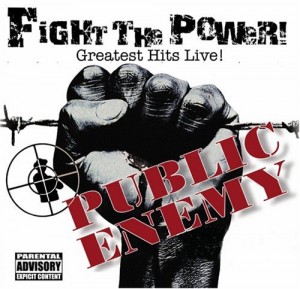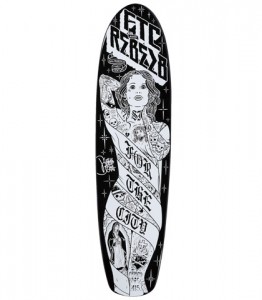
“Fight the Power,” June 1989, was conceived at the request of film director Spike Lee, who sought a musical theme for his 1989 film Do the Right Thing. Wikipedia
Readings
1. Hebdige, Dick. (1997) Subculture: The Meaning of Style [excerpts] in K. Gelder & S. Thornton (eds.), The Subcultures Reader,pp.130-132, Routledge.
2. Rose, Tricia. (1994) A Style Nobody Can Deal With: Politics, Style & the Postindustrial City in Hip Hop in A. Ross & T. Rose (eds), Microphone Friends: Youth Music & Youth Culture,, pp. 71-85, Routledge.
3. MarketResearch.com (2001) The U.S. Urban Youth Market: Targeting the Trendsetters, pdf pp.1-5.
4. Ryley Bane. Label Networks’ New Youth Study Reveals “RecessionGeneration” Sparks DIY Subcultures with New Industries, Brands, Influences, Market Trends. Label Networks.com. March 20, 2013.
5. On the Label Networks website, take some time to read some of the most recent posts and some brand strategies.
Reading questions (Written responses NOT required) — be prepared to discuss these in class.
1. Besides hip hop, are you aware of other forms of subcultural “noise” (Hebdige, p. 130) in contemporary youth culture? Anything in your high school & college experience? If so, please describe; if not, how might you explain the absence?
2. What are significant historical elements outlined by Tricia Rose that form the “urban context” for hip hop culture?
3. What are the elements of Hip Hop this author suggest constitutes a culture of resistance — “a style nobody can deal with”?
4. From a marketer’s perspective, readings 3 & 4 describe two phases of subcultural trends among youth. What are some details of trends they describe that interest you? What are your thoughts on this effort to tap into “bottom up” expressive forms and meanings created by youth?
